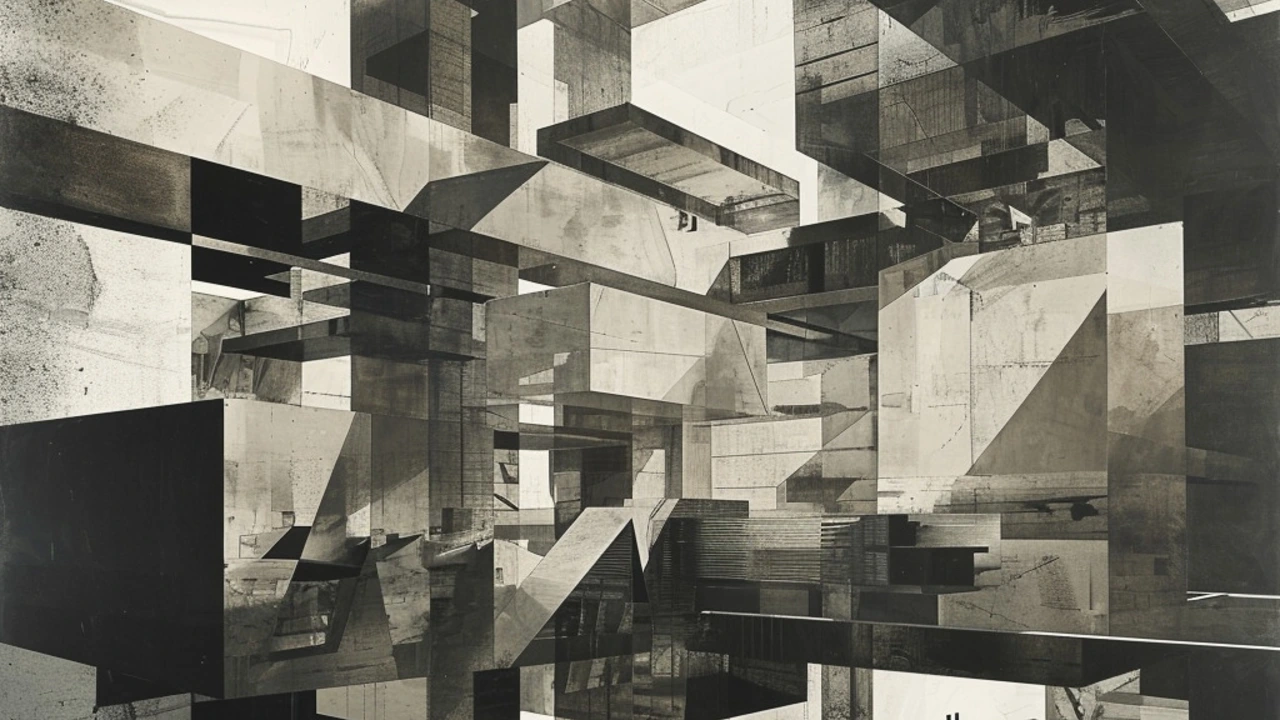Architectural Movement: How to Spot Styles and Why They Matter
Architectural movement is more than a label — it’s a set of design ideas that shaped buildings, cities, and how people lived. Want to tell a Roman vault from a Baroque flourish or a minimalist facade from a postmodern prank? This page gives you clear signs to look for and practical ways to use style knowledge when traveling, renovating, or studying architecture.
How to identify an architectural movement
Start with three quick checks: structure, ornament, and purpose. Structure means how a building is made — heavy stone walls and rounded arches point to Romanesque, while domes and mosaics hint at Byzantine. Ornament is the visible style — Gothic Revival shows pointed arches and stained glass; Beaux-Arts favors grand staircases and classical details. Purpose tells you why it looks that way: Greek Revival borrowed temple forms to project civic pride; American Craftsman emphasized handwork and cozy, human-scale homes.
Use context. A city hall with huge columns and symmetry likely draws on Greek Revival or Beaux-Arts. A house with a gambrel roof and flared eaves? Think Dutch Colonial Revival. If a building plays with color, mixed materials, and irony, it might be postmodern. Ask: what feeling is the architect trying to create — order, drama, intimacy, or surprise?
Quick guide: major movements and clear signs
Ancient Roman: look for arches, concrete construction, aqueduct-style engineering and large public monuments like amphitheaters. Roman details are about durability and engineering cleverness.
Gothic Revival: pointed arches, vertical emphasis, ornate tracery and stained glass. It revives medieval drama in later buildings.
Byzantine: domes, rich mosaics, and a blend of classical and eastern motifs. Think luminous interiors over plain exteriors.
Renaissance & Renaissance Revival: symmetry, classical orders, and clear geometry. Facades feel balanced and composed.
Beaux-Arts & Baroque: big gestures, sculpture, lavish interiors and theatrical staircases. These styles aim to impress.
Colonial and Greek Revival: simple symmetry, columns, and reference to older national or civic ideals — common in domestic and small-town public buildings.
Art Nouveau: flowing lines and nature-inspired details. You’ll see organic curves in ironwork and facades.
Minimalism & Functionalism: pared-down forms, no extra ornament, focus on usable space. If it looks almost empty on purpose, it’s often modernist or minimalist.
Postmodern & Expressionist: playful shapes, historical quotations used ironically, and emotional geometry. If a building surprises or makes you smile, it might be one of these.
Want to use this in real life? When renovating, pick one movement and borrow two signature elements — a roofline, a window shape, or a column order — then keep materials and scale consistent. When traveling, pick a city and hunt for one style; you’ll notice details you missed before. Read a plaque, take a photo, and compare what you see to these quick signs. Buildings tell stories — once you know the language of architectural movements, those stories become useful and fun.

Colonial Revival Architecture: A Rich Historical Overview
Explore the origins, key features, major architects, and lasting impact of Colonial Revival architecture in an engaging, detailed guide.
Read more
Exploring Deconstructivism: A Revolution in Modern Architecture
Deconstructivism is not just a style; it's an avant-garde movement that challenges traditional architecture norms, aiming to disrupt the harmony and rigidity of conventional structures. This comprehensive article delves deep into the roots of Deconstructivism, highlighting its pioneers, iconic buildings, and the principles that make it stand out. As someone residing in Perth, Australia, I've seen architecture evolve, yet the radical twists and turns of Deconstructivism offer a refreshing perspective on what buildings can symbolize. We'll explore how this movement redefines spaces, its impact on contemporary architecture, and why it continues to inspire architects worldwide.
Read more
Deconstructivism: The Disruptive Force in Contemporary Architecture
Oh, honey, let's chat about Deconstructivism, the fashion-forward diva shaking up the architectural world! It's like Picasso decided to design buildings, throwing traditional rules out of the skyscraper window. With its chaotic charm, Deconstructivism plays with our minds, twisting and turning familiar shapes into abstract masterpieces that surprise and astonish. It's a wild, unpredictable party in the architectural scene, breaking the mold and shaking us out of our conventional comfort zones. So next time you see a building that looks like it's had a little too much to drink, remember, it's not having a meltdown, it's just living its best Deconstructivist life!
Read more